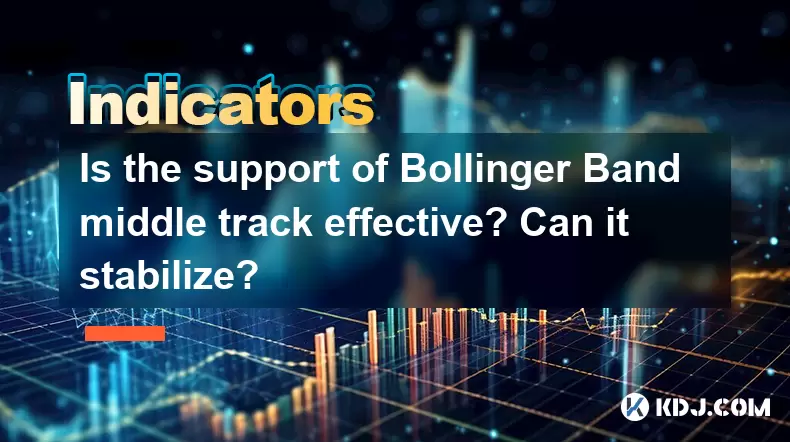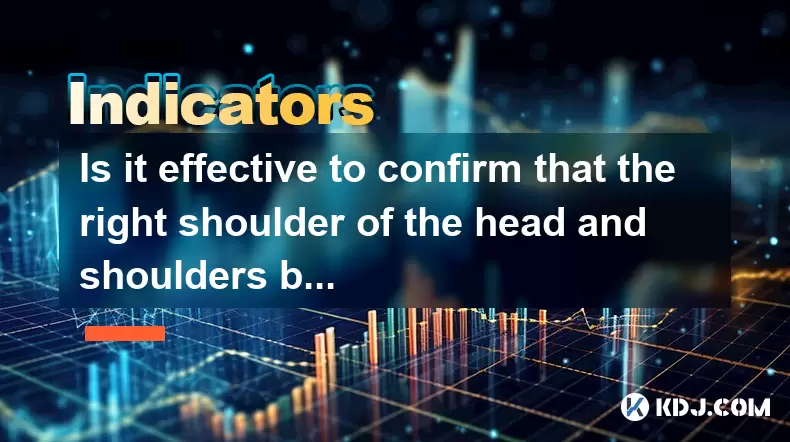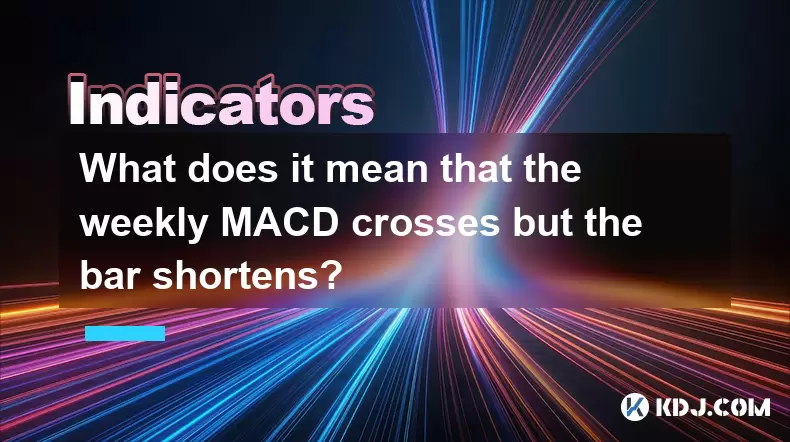-
 Bitcoin
Bitcoin $106,754.6083
1.33% -
 Ethereum
Ethereum $2,625.8249
3.80% -
 Tether USDt
Tether USDt $1.0001
-0.03% -
 XRP
XRP $2.1891
1.67% -
 BNB
BNB $654.5220
0.66% -
 Solana
Solana $156.9428
7.28% -
 USDC
USDC $0.9998
0.00% -
 Dogecoin
Dogecoin $0.1780
1.14% -
 TRON
TRON $0.2706
-0.16% -
 Cardano
Cardano $0.6470
2.77% -
 Hyperliquid
Hyperliquid $44.6467
10.24% -
 Sui
Sui $3.1128
3.86% -
 Bitcoin Cash
Bitcoin Cash $455.7646
3.00% -
 Chainlink
Chainlink $13.6858
4.08% -
 UNUS SED LEO
UNUS SED LEO $9.2682
0.21% -
 Avalanche
Avalanche $19.7433
3.79% -
 Stellar
Stellar $0.2616
1.64% -
 Toncoin
Toncoin $3.0222
2.19% -
 Shiba Inu
Shiba Inu $0.0...01220
1.49% -
 Hedera
Hedera $0.1580
2.75% -
 Litecoin
Litecoin $87.4964
2.29% -
 Polkadot
Polkadot $3.8958
3.05% -
 Ethena USDe
Ethena USDe $1.0000
-0.04% -
 Monero
Monero $317.2263
0.26% -
 Bitget Token
Bitget Token $4.5985
1.68% -
 Dai
Dai $0.9999
0.00% -
 Pepe
Pepe $0.0...01140
2.44% -
 Uniswap
Uniswap $7.6065
5.29% -
 Pi
Pi $0.6042
-2.00% -
 Aave
Aave $289.6343
6.02%
Is the support of Bollinger Band middle track effective? Can it stabilize?
The middle track of Bollinger Bands often acts as a support level in crypto markets, stabilizing prices during downtrends and offering a bounce point in uptrends.
Jun 08, 2025 at 02:35 am

Is the Support of Bollinger Band Middle Track Effective? Can it Stabilize?
The Bollinger Bands are a popular technical analysis tool used by traders in the cryptocurrency market to gauge volatility and potential price movements. One of the key components of the Bollinger Bands is the middle track, which is typically a simple moving average (SMA) of a specified period. This article delves into the effectiveness of the middle track as a support level and its potential to stabilize prices in the crypto market.
Understanding Bollinger Bands and the Middle Track
Bollinger Bands consist of three lines: the upper band, the lower band, and the middle band. The middle band is usually a 20-period SMA, which represents the average price of the asset over the specified period. The upper and lower bands are calculated by adding and subtracting a standard deviation multiple (usually 2) from the middle band. This setup helps traders identify overbought and oversold conditions in the market.
The middle track of the Bollinger Bands is significant because it acts as a baseline for the other two bands. It reflects the average price movement and is often considered a potential support or resistance level. Traders use the middle band to gauge the overall trend and to make decisions about entry and exit points.
The Middle Track as a Support Level
The effectiveness of the middle track as a support level in the cryptocurrency market can be assessed by examining its interaction with price movements. When the price of a cryptocurrency approaches the middle band from above, it often finds support at this level. This occurs because the middle band represents a balance between the highs and lows of the recent price action.
In a downtrend, the middle band can act as a support level where buyers might step in, anticipating a potential reversal or a pause in the downward movement. Conversely, in an uptrend, the middle band can serve as a dynamic support level, offering a cushion for the price to bounce back from.
Case Studies and Examples
To illustrate the effectiveness of the middle track as a support level, consider the following examples from the cryptocurrency market:
- Bitcoin (BTC): During a period of consolidation, Bitcoin's price often touches the middle band of the Bollinger Bands. For instance, in a recent trading session, BTC/USD approached the 20-day SMA and found support at this level, leading to a subsequent rally.
- Ethereum (ETH): Ethereum's price movements have also shown a tendency to respect the middle band. In a volatile market, ETH/USD touched the middle band multiple times, with each touch acting as a support level that triggered a price recovery.
Factors Influencing the Stability of the Middle Track
The stability of the middle track as a support level can be influenced by several factors within the cryptocurrency market:
- Market Volatility: High volatility can lead to frequent breaches of the middle band, reducing its effectiveness as a support level. In contrast, lower volatility periods tend to reinforce the middle band's role as a stable support.
- Trading Volume: Higher trading volumes can enhance the reliability of the middle band as a support level. Increased volume often indicates stronger market participation and can lead to more sustained support at the middle band.
- Overall Market Sentiment: Positive or negative sentiment can impact how the middle band functions as a support level. Bullish sentiment can strengthen the middle band's role as a support, while bearish sentiment might weaken it.
Practical Application in Trading
Traders can use the middle track of the Bollinger Bands to enhance their trading strategies in the following ways:
- Identifying Entry Points: When the price touches the middle band from above, it can be a signal to enter a long position, anticipating a bounce back.
- Setting Stop-Loss Orders: Traders can place stop-loss orders just below the middle band to protect against potential breakdowns in support.
- Confirming Trends: The middle band can help confirm the overall trend. If the price consistently finds support at the middle band during an uptrend, it reinforces the bullish outlook.
To apply these strategies effectively, follow these steps:
- Open your trading platform and select the cryptocurrency pair you wish to analyze.
- Add Bollinger Bands to your chart with a 20-period SMA as the middle band and 2 standard deviations for the upper and lower bands.
- Monitor the price action as it approaches the middle band. Look for signs of support or resistance at this level.
- Enter a trade when the price touches the middle band and shows signs of a potential bounce. Use other technical indicators, such as the Relative Strength Index (RSI) or Moving Average Convergence Divergence (MACD), to confirm your entry.
- Set a stop-loss order just below the middle band to manage risk. Adjust the stop-loss as the price moves in your favor to lock in profits.
Limitations and Considerations
While the middle track of the Bollinger Bands can be an effective support level, it is not infallible. Traders should be aware of the following limitations:
- False Signals: The middle band can sometimes provide false signals, especially in highly volatile markets. Price movements that initially appear to find support at the middle band may break through and continue in the opposite direction.
- Dependency on Other Indicators: Relying solely on the middle band as a support level can be risky. It is crucial to use other technical indicators and analysis tools to confirm signals and enhance decision-making.
- Market Conditions: The effectiveness of the middle band as a support level can vary depending on the prevailing market conditions. In trending markets, the middle band might be more reliable, while in ranging markets, it could be less effective.
Frequently Asked Questions
Q1: Can the middle track of Bollinger Bands be used as a resistance level as well?
Yes, the middle track can also act as a resistance level, especially when the price approaches it from below. In an uptrend, the middle band can serve as a dynamic resistance level where sellers might enter the market, anticipating a potential pullback.
Q2: How does the choice of period for the middle band affect its effectiveness as a support level?
The choice of period for the middle band can significantly impact its effectiveness. A shorter period, such as a 10-day SMA, will be more responsive to recent price changes but may produce more false signals. A longer period, like a 50-day SMA, will be less responsive but may provide more reliable support levels.
Q3: Are Bollinger Bands more effective in certain cryptocurrency markets than others?
Bollinger Bands can be effective across various cryptocurrency markets, but their performance may vary depending on the asset's volatility and liquidity. Highly volatile cryptocurrencies like Bitcoin and Ethereum may show clearer signals, while less liquid assets might produce more noise and false signals.
Q4: Can the middle track be used in conjunction with other technical indicators to improve trading decisions?
Yes, combining the middle track of Bollinger Bands with other technical indicators can enhance trading decisions. For example, using the RSI to confirm overbought or oversold conditions or the MACD to identify momentum shifts can provide additional confirmation for entry and exit points based on the middle band's support or resistance levels.
Disclaimer:info@kdj.com
The information provided is not trading advice. kdj.com does not assume any responsibility for any investments made based on the information provided in this article. Cryptocurrencies are highly volatile and it is highly recommended that you invest with caution after thorough research!
If you believe that the content used on this website infringes your copyright, please contact us immediately (info@kdj.com) and we will delete it promptly.
- 2025-W Uncirculated American Gold Eagle and Dr. Vera Rubin Quarter Mark New Products
- 2025-06-13 06:25:13
- Ruvi AI (RVU) Leverages Blockchain and Artificial Intelligence to Disrupt Marketing, Entertainment, and Finance
- 2025-06-13 07:05:12
- H100 Group AB Raises 101 Million SEK (Approximately $10.6 Million) to Bolster Bitcoin Reserves
- 2025-06-13 06:25:13
- Galaxy Digital CEO Mike Novogratz Says Bitcoin Will Replace Gold and Go to $1,000,000
- 2025-06-13 06:45:13
- Trust Wallet Token (TWT) Price Drops 5.7% as RWA Integration Plans Ignite Excitement
- 2025-06-13 06:45:13
- Ethereum (ETH) Is in the Second Phase of a Three-Stage Market Cycle
- 2025-06-13 07:25:13
Related knowledge

How to interpret the low opening the next day after the long lower shadow hits the bottom?
Jun 18,2025 at 12:22am
Understanding the Long Lower Shadow Candlestick PatternIn technical analysis, a long lower shadow candlestick is often seen as a potential reversal signal in a downtrend. This pattern occurs when the price opens, trades significantly lower during the session, but then recovers to close near the opening price or slightly above. The long wick at the botto...

How to operate the RSI indicator repeatedly in the 40-60 range?
Jun 18,2025 at 12:56am
Understanding the RSI Indicator and Its RelevanceThe Relative Strength Index (RSI) is a momentum oscillator widely used in cryptocurrency trading to measure the speed and change of price movements. Typically, the RSI ranges from 0 to 100, with levels above 70 considered overbought and below 30 considered oversold. However, when the RSI repeatedly stays ...

How strong is the MACD golden cross below the zero axis?
Jun 17,2025 at 11:00pm
Understanding the MACD Indicator in Cryptocurrency TradingThe Moving Average Convergence Divergence (MACD) is one of the most widely used technical indicators among cryptocurrency traders. It helps identify potential trend reversals, momentum shifts, and entry or exit points. The MACD consists of three main components: the MACD line, the signal line, an...

How effective is the golden cross of the William indicator double line in the oversold area?
Jun 17,2025 at 11:56pm
Understanding the William Indicator and Its Double Line SetupThe William %R (Williams Percent Range) is a momentum oscillator used to identify overbought or oversold conditions in a market. It ranges from 0 to -100, with readings above -20 considered overbought and below -80 deemed oversold. The double line setup refers to plotting two different timefra...

Is it effective to confirm that the right shoulder of the head and shoulders bottom volume at the 30-minute level is enlarged?
Jun 17,2025 at 11:42pm
Understanding the Head and Shoulders Pattern in Cryptocurrency TradingThe head and shoulders pattern is one of the most recognized reversal patterns in technical analysis, especially within cryptocurrency trading. It typically signals a potential shift from a bullish trend to a bearish one. This pattern consists of three peaks: the left shoulder, the he...

What does it mean that the weekly MACD crosses but the bar shortens?
Jun 18,2025 at 01:07am
Understanding the MACD IndicatorThe Moving Average Convergence Divergence (MACD) is a popular technical analysis tool used in cryptocurrency trading to identify potential trend reversals and momentum shifts. It consists of three main components: the MACD line, the signal line, and the histogram (also known as the bar). The MACD line is calculated by sub...

How to interpret the low opening the next day after the long lower shadow hits the bottom?
Jun 18,2025 at 12:22am
Understanding the Long Lower Shadow Candlestick PatternIn technical analysis, a long lower shadow candlestick is often seen as a potential reversal signal in a downtrend. This pattern occurs when the price opens, trades significantly lower during the session, but then recovers to close near the opening price or slightly above. The long wick at the botto...

How to operate the RSI indicator repeatedly in the 40-60 range?
Jun 18,2025 at 12:56am
Understanding the RSI Indicator and Its RelevanceThe Relative Strength Index (RSI) is a momentum oscillator widely used in cryptocurrency trading to measure the speed and change of price movements. Typically, the RSI ranges from 0 to 100, with levels above 70 considered overbought and below 30 considered oversold. However, when the RSI repeatedly stays ...

How strong is the MACD golden cross below the zero axis?
Jun 17,2025 at 11:00pm
Understanding the MACD Indicator in Cryptocurrency TradingThe Moving Average Convergence Divergence (MACD) is one of the most widely used technical indicators among cryptocurrency traders. It helps identify potential trend reversals, momentum shifts, and entry or exit points. The MACD consists of three main components: the MACD line, the signal line, an...

How effective is the golden cross of the William indicator double line in the oversold area?
Jun 17,2025 at 11:56pm
Understanding the William Indicator and Its Double Line SetupThe William %R (Williams Percent Range) is a momentum oscillator used to identify overbought or oversold conditions in a market. It ranges from 0 to -100, with readings above -20 considered overbought and below -80 deemed oversold. The double line setup refers to plotting two different timefra...

Is it effective to confirm that the right shoulder of the head and shoulders bottom volume at the 30-minute level is enlarged?
Jun 17,2025 at 11:42pm
Understanding the Head and Shoulders Pattern in Cryptocurrency TradingThe head and shoulders pattern is one of the most recognized reversal patterns in technical analysis, especially within cryptocurrency trading. It typically signals a potential shift from a bullish trend to a bearish one. This pattern consists of three peaks: the left shoulder, the he...

What does it mean that the weekly MACD crosses but the bar shortens?
Jun 18,2025 at 01:07am
Understanding the MACD IndicatorThe Moving Average Convergence Divergence (MACD) is a popular technical analysis tool used in cryptocurrency trading to identify potential trend reversals and momentum shifts. It consists of three main components: the MACD line, the signal line, and the histogram (also known as the bar). The MACD line is calculated by sub...
See all articles

























































































